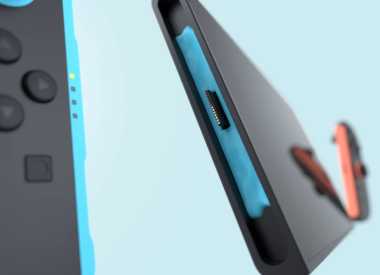AMD held their Q1 2019 earnings call last April 30, on the eve of the company’s 50th anniversary. While the overall report was mostly mixed, AMD CEO Lisa Su announced news that could spell change for the company’s near future: the release of the AMD Navi this Q3, the company’s first 7nm GPU processor.
What’s more interesting – and really exciting – is the fact that the first batch of graphics cards bearing the 7nm Navi architecture is aimed “below where the Radeon VII is positioned from a pricing standpoint." For reference, the Radeon VII is currently AMD’s most high-end GPU available. While it would seem strange to launch a new GPU – especially one under a new architecture – at a lower price point, AMD hopes to gear the launch of Navi towards the market in which they did best: the mid-range section. We may yet to see the real beast of a card bearing the 7nm architecture sometime after the Navi’s initial release, considering this newest platform is being touted as the next big game changer in terms of graphics cards.
Su did not mention whether the new Navi cards will be able to support hardware-accelerated ray tracing, something which Nvidia heavily marketed with their RTX lineup of graphics cards. Readers may also do well to remember that ray tracing for the Navi is something everyone is looking forward to hearing about, considering that it’s one of the many selling points Mark Cerny has revealed about the PlayStation 5. In an exclusive interview with Wired, Sony’s lead architect revealed that the next-gen console will have an AMD Zen 2 processor and the newest Navi GPU, which he also said will be capable of ray tracing.
The earnings call also yielded some news regarding the new 7nm EPYC Rome processors, which will be released this second quarter, and a full volume launch sometime within the third quarter.
These strategies from AMD are really interesting in terms of what kind of reception it will receive. For the first time since there’s been an AMD and a Nvidia, this will be the first launch of a GPU on a new architecture that isn’t on the highest end. However, if anybody can pull of these kinds of moves, it’s AMD, who’s very well-known in the lower- and mid-range market by now.

















